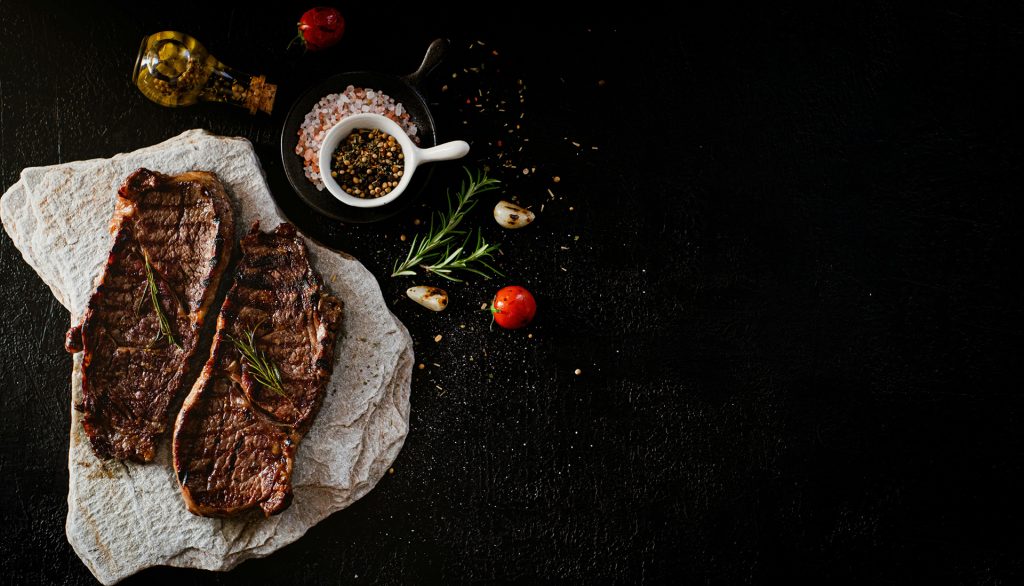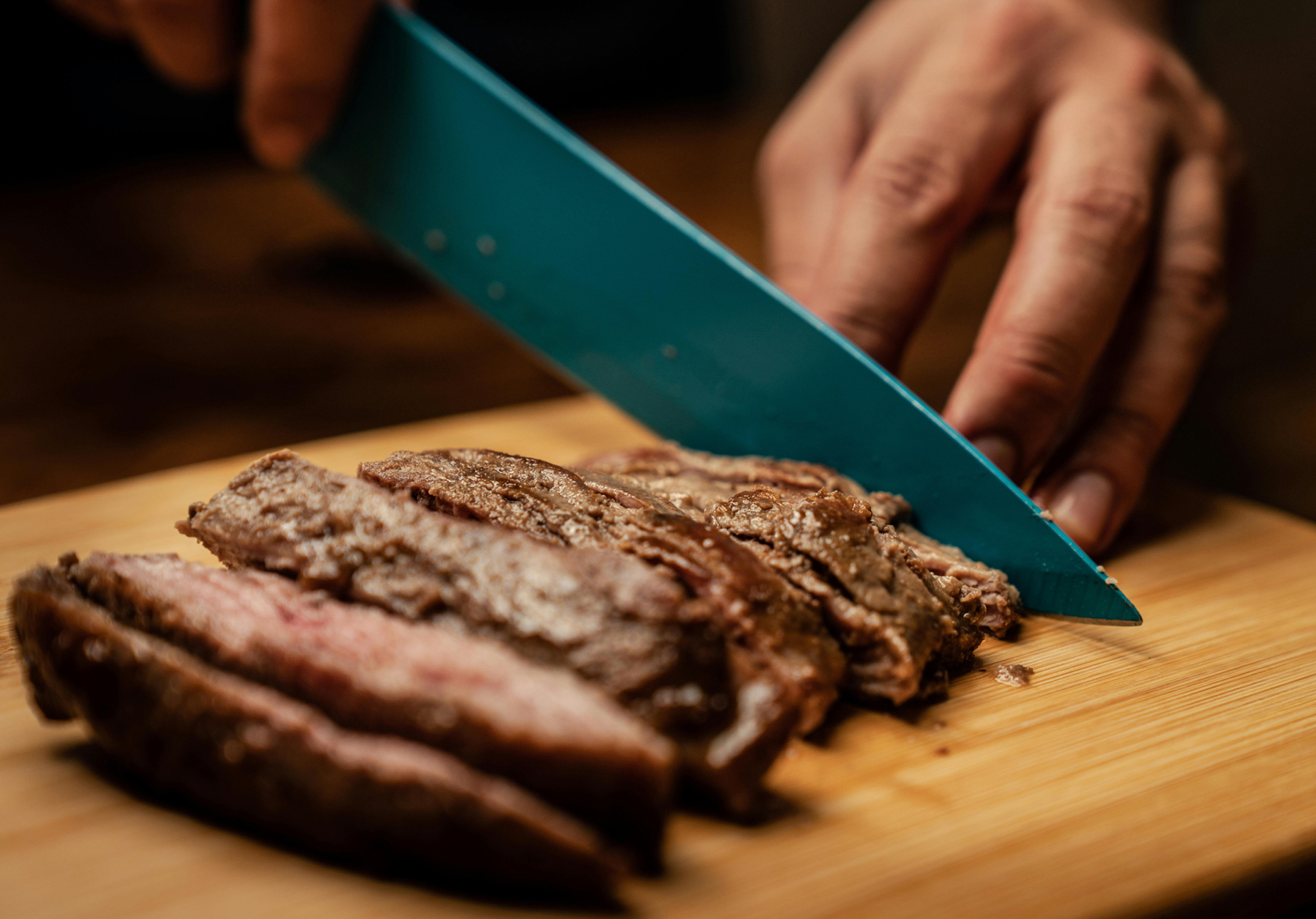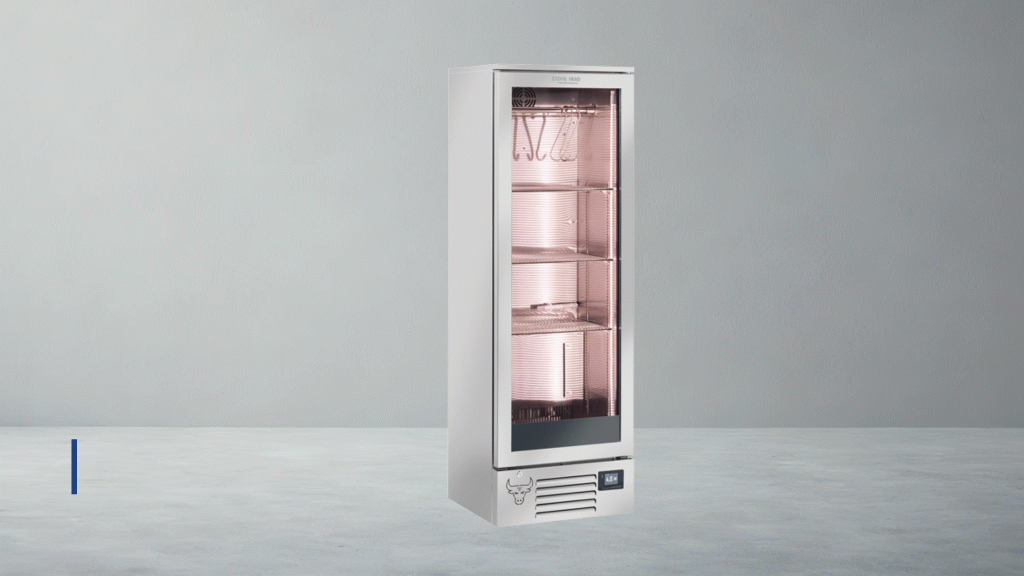If you’re looking to improve the flavour and texture of your beef dishes, meat aging could be the solution your professional kitchen is missing. This culinary technique, which has recently gained popularity among chefs and food enthusiasts, involves storing meat in a controlled environment at specific temperatures and humidity levels for a set period. This process enhances the overall taste and texture of the meat, making it more enjoyable to eat.
Why Is Meat Aging Important?
During the aging process, natural enzymes in the meat break down muscle fibres, resulting in more flavoursome and tender meat. There are two main types of meat aging: dry aging and wet aging.
- Dry aging involves hanging whole cuts of meat in a controlled environment for several weeks. This method allows moisture to evaporate, concentrating the flavour and developing a unique texture and aroma.
- Wet aging, on the other hand, occurs in vacuum-sealed packaging, which helps retain moisture and creates a different flavour profile. Regardless of which method you prefer, both techniques enhance the overall eating experience for customers.
Understanding Its Benefits
In addition to better flavour and tenderness, well-aged meat offers a richer, more complex taste that is highly prized by culinary experts. It also tends to be juicier, providing a more satisfying bite. Achieving these results requires the right refrigeration equipment. Our QM-368 upright cabinet is specifically designed with precise temperature control to ensure your food is stored under ideal conditions for aging. Key features like adjustable shelves and efficient cooling technology make this unit the perfect environment for your beef to reach the highest cooking standards.
Meat aging is a time-honoured technique that will become crucial in enhancing the quality of your meat dishes. By understanding the different methods of aging and their benefits, businesses can elevate their culinary offering and delight both new and existing customers.




